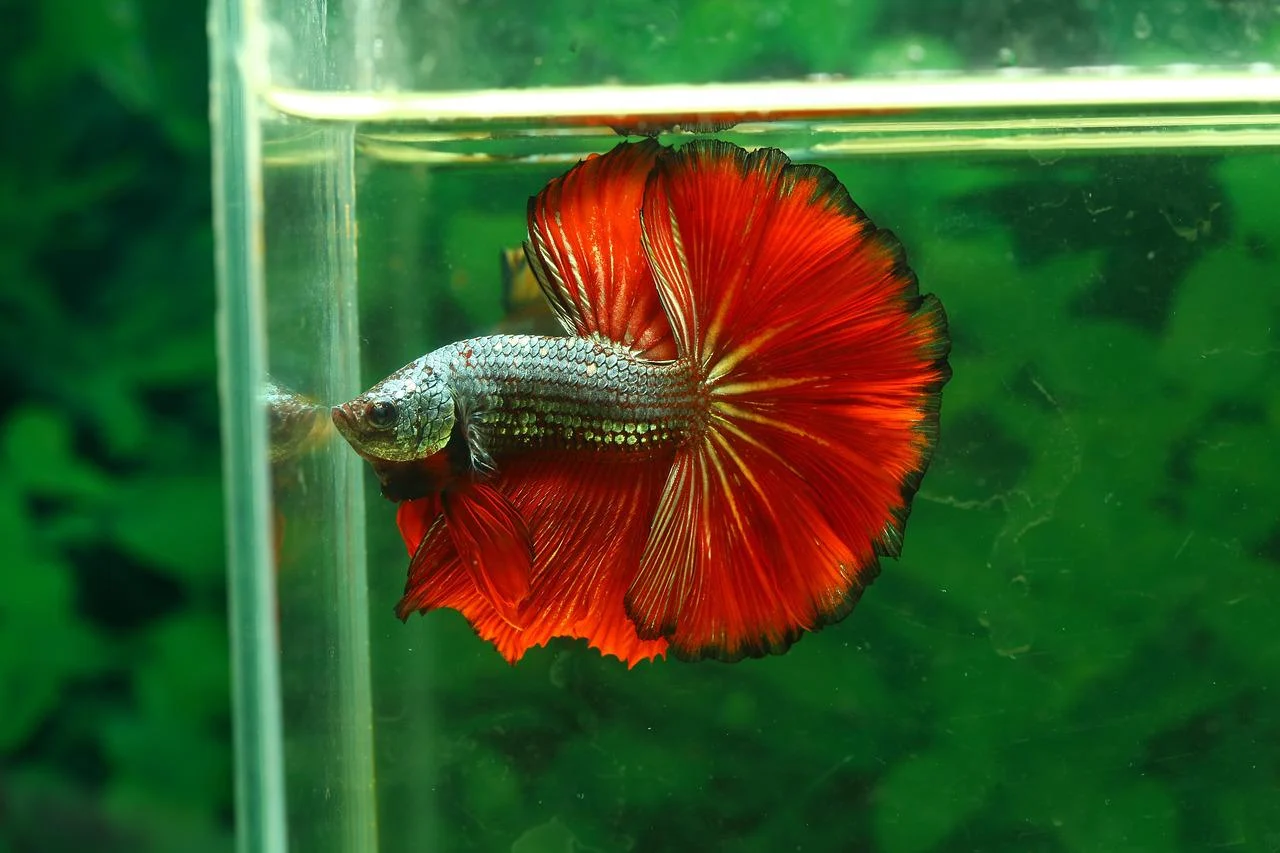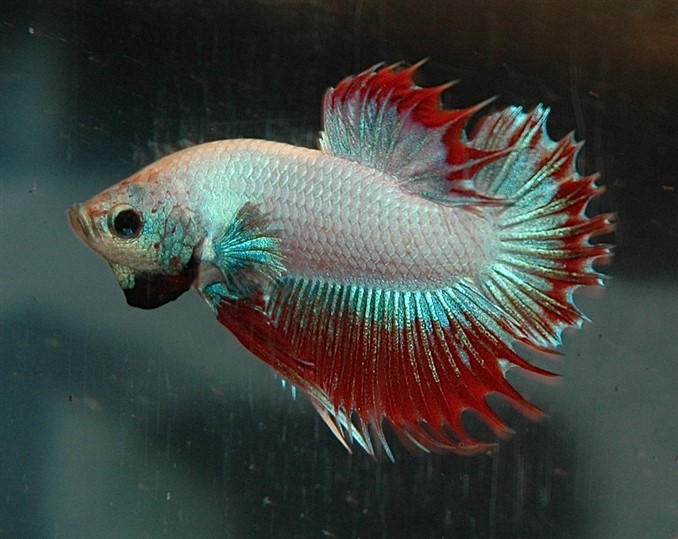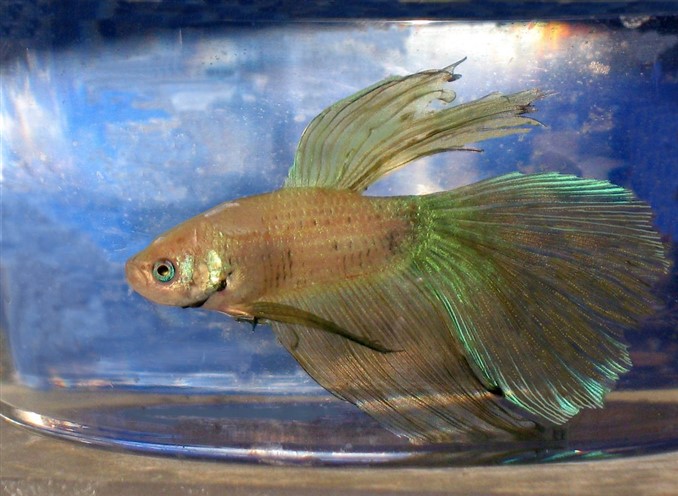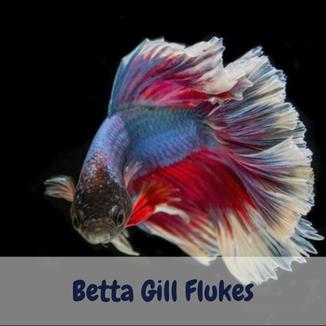Many novice aquarists may be confused when they spot inflamed gills on their Betta fish. What causes the gills to swell?
Don’t worry if it’s your first time dealing with this disease in aquatic creatures. There are several reasons for Betta gill flukes.
Once you figure out the potential causes, you can give your pets proper treatments. Let’s dig into this post to learn in detail!
Contents
What Causes Betta Gill Flukes?
A kind of parasite is a gill fluke, which reproduces and grows in the Betta’s branchiaes.
They resemble skin flukes, but skin flukes typically appear on the flanks of your fish rather than the gills.
It’s hard to observe branchiae flukes because they are tiny, reaching a maximum size of 0.3mm.
Your Betta may become infected with gill flukes in a variety of ways.
Your tank’s environment is the main factor in whether or not your fish develops these parasites.
Stress from unfavorable water conditions will weaken your fish’s immune system or make them more vulnerable to parasites, germs, and fungus.
Besides, introducing a new species to the tank also infects your Bettas with some parasites, including fill flukes.
Therefore, it’s crucial to isolate all-new creatures or plants before putting them in the main aquarium.

Potential causes
[display-posts id=”4936″ image_size=”thumbnail” posts_per_page=”1″]
What Are The Common Symptoms Of Betta Gill Flukes?
Gill flukes are incredibly tiny that you won’t be able to see them as well as other illnesses, such as ich, velvet, or anchor worms.
If you want to learn about illness and treatments, you can watch this video:
https://www.youtube.com/watch?v=PfBCAzG1ueE
You must be aware of their signs and symptoms to have proper treatment for this disease.
What are the symptoms of gill flukes? Let’s scroll down to discover!
Swollen Gills
Gills that are infected always seem swollen. It has a simple scientific basis. Infections or traumas are common causes of swelling.
The body makes every effort to transport extra white blood cell lines to the area of branchiae tissues that get damaged.
That’s because white blood cells serve as the body’s defensive mechanism.
Blood arteries swell due to the transport of extra white blood cells to that area.
The expanded blood vessels occupy more space, making bloated gills appear.
[display-posts id=”2167″ image_size=”thumbnail” posts_per_page=”1″]
Dark Red Inflamed Gills
The bright light red color of healthy gills results from the presence of blood capillaries that run near the surface.
So, oxygen may spread from the surrounding water into the Betta’s circulation. Meanwhile, swollen branchiaes have a dark red hue and may appear bleeding.
If the neighboring tissues are hurt, blood vessels expand to deliver blood nearer the skin’s surface, resulting in swollen gills that are a darker red color.
Rapid Flapping Gills
The oxygen level in the body is low, so your Bettas with damaged branchiaes may breathe more quickly. It might appear to be faster-closing gill flaps.
Since gill inflammation interferes with effective oxygen transmission, this symptom happens.
The fish will breathe more quickly to produce oxygen shortfalls when they lack oxygen in their body.

Rapid flapping gills
[display-posts id=”2464″ image_size=”thumbnail” posts_per_page=”1″]
Partially Close Gills
The surrounding tissues enlarge as the blood veins in the gill dilate because they require more space.
The operculum should rest flat during the closing, but this bulge prevents it from happening.
It is a problem since a closed gill flap holds oxygen-rich liquid in the gill, enabling oxygen transport.
Water that contains oxygen escapes from the branchiaes if not entirely closed, preventing the bloodstream from receiving all of the oxygen.
Gasping For Oxygen
To breathe, bettas must be near the water’s surface. As a result, fish with damaged gills frequently gasp for air due to oxygen deficiency.
Bettas in the wild inhabit regions with little dissolved oxygen.
They have developed to use the labyrinth organs to take in air from the surrounding atmosphere if they have trouble breathing.
[display-posts id=”4331″ image_size=”thumbnail” posts_per_page=”1″]
Scraping
Scraping against objects is among the most obvious symptoms that your fish has gill illness.
They may be persistently bumping against the aquarium bottom or the tank ornaments.
You may see your fish attempting to remove the parasites from their branchiaes.
However, it can happen for reasons other than gill flukes. Any physical infection, including columnaris, ich, and velvet, may result in this phenomenon.

Scraping
What Are Practical Treatments For Betta Gill Flukes?
Can fish recover from gill flukes? Yes! There are a few different methods for treating this illness in Bettas. All ways will work if you take immediate action.
How do you treat gill flukes in aquariums? Let’s check the following recommendations to save your pets from parasites!
Salt Bath
Using a salt bath in an aquarium might be a successful treatment for relatively few parasites. Follow these instructions to apply this method:
- Warm-up tub water to a temperature that suits your aquarium before dechlorinating it.
- Depending on how much water is in the tub, add 30 to 35 (g) of aquarium salt.
- You should give your bettas 4 to 5 minutes in the salt water.
- If you observe that your fish appears distressed, lies at the tank’s substrate, or appears unconscious, bring them back to their main tank without delay.
- Take your fish from the aquarium after 4 to 5 minutes and put them back in the main tank.
- Try it once every day for three days.
[display-posts id=”4364″ image_size=”thumbnail” posts_per_page=”1″]
Anti-Fluke Medication
Utilizing anti-fluke medicine is the most straightforward technique to treat this illness. Get the right medication and apply the following steps:
- Add a package of general medicine for every ten gallons of fresh water in the aquarium.
- Before pouring another treatment packet for every ten gallons of fresh water, wait two days.
- Reintroduce your fish to their main aquarium if you isolate them after two days.
- Do a 25 percent water change if you give the medicine to the main tank.
- To remove contaminants that could stay in the liquid, replenish the filter with freshly activated carbon.
In A Nutshell
This article has shown you the common symptoms and methods to treat Betta gill flukes.
If you are a first-time aquarist, it’s best to follow all of the guidelines of professionals to save your pets.
Hopefully, this post will be helpful for you. Thanks for reading!

